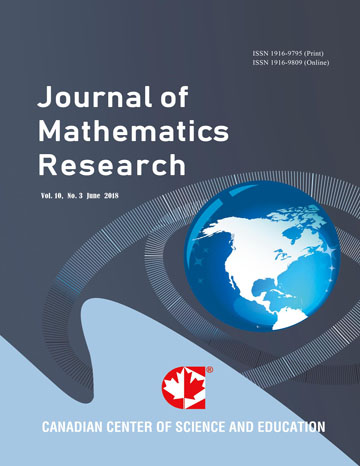Graph Theory Applications in Optimizing Emergency Response Logistics
- Lebede Ngartera
- Ndogotar Nelio
- Ngarasta Ngarkodje
Abstract
This study explores the utilization of graph theory and optimization methods to improve the effectiveness of emergency response logistics. The study devises and evaluates multiple algorithms with the objective of enhancing the efficiency of emergency routes and resource distributions, showcasing advancements compared to conventional approaches. The findings demonstrate substantial decreases in response times, operational expenses, and improvements in resource utilization rates. This study provides reliable and powerful resources for emergency managers to enhance their ability to strategize and carry out response operations with more efficiency. Furthermore, the models introduced in this work are versatile and may be utilized in different emergency situations to guarantee the most efficient allocation of resources and response times. The results emphasize the practical significance of graph theory in emergency logistics, establishing a solid basis for additional advancement and practical implementation.
- Full Text:
 PDF
PDF
- DOI:10.5539/jmr.v16n4p1
Index
- ACNP
- Aerospace Database
- BASE (Bielefeld Academic Search Engine)
- Civil Engineering Abstracts
- CNKI Scholar
- DTU Library
- EconPapers
- Elektronische Zeitschriftenbibliothek (EZB)
- EuroPub Database
- Google Scholar
- Harvard Library
- IDEAS
- Infotrieve
- JournalTOCs
- MathGuide
- MathSciNet
- Open policy finder
- RePEc
- ResearchGate
- Scilit
- Technische Informationsbibliothek (TIB)
- The Keepers Registry
- UCR Library
- Universe Digital Library
- WorldCat
Contact
- Sophia WangEditorial Assistant
- jmr@ccsenet.org
